Writing a Good Resume
The look and style of a resume is important, but even more important is the content within that resume. Often employers are looking for specific things when they choose to hire any particular employee. Vague content that does not clearly articulate your accomplishments and your value will be ignored.
Content:
Take Your Time:
The first step to writing a good resume is taking a little bit of time each day to make improvements. Chances are you won’t remember everything that you have accomplished the first time around. Memories will come back to you sporadically. You need to be ready at a moment’s notice to stop what you are doing and write those accomplishments down to add to your resume later.
Specific, Quantifiable Accomplishments:
As most will tell you, you’re never simply listing tasks you worked on, but explaining how you completed those tasks successfully. You should have some quantifiable data to your successes. How many leads did you generate? How much money did you save the company? You won’t have everything on hand the first time around. Take note of the information you need to gather and bring it back to your resume at a later date.
Proofread:
Many consider this to be a given, but I have seen enough major mistakes over time that it needs to be emphasized here. As an example, I have received resumes that stated in their objective: “I believe my background and skills closely match your job requirements and I am confident I can make a positive contribution to ABC Company.” Whoever ABC is, it isn’t us. These errors can deliver a significant blow because it appears to the employer that the individual did not take the time necessary to provide a quality resume and doesn’t care about the position.
Style:
Structure:
You may already know to have sections designating your objective, education history, work history, and special skills. The precise order is not so much important so long as each section is clearly defined and is easy to navigate. The structure of each section though is more important. To be easy to read, you should only provide bullet points rather than large sentences. If your bullet point goes beyond 7 letters, it’s really more of a sentence still rather than a bullet point. You know you’ve gone too far if the point is two lines long. When listing jobs as sub-categories underneath your work history, it is better to list your position first and then the name of the employer. Think about what the employer is looking for. It’s more important to an employer what you did than where you did it.
Fonts/Sections:
Your fonts should help you to clearly section off every piece of your resume. Take this article for example. “Content” and “Style” are in two main categories with multiple subcategories relevant to those. It helps the reader who is skimming this article to find the information that is most important to them. Your smallest font should never be smaller than 12 points so that your resume is easier to read. Don’t make smaller fonts to squeeze the content onto one page. Your recruiter is less likely to take the time to read your resume with smaller fonts.
# Of Pages:
Not everyone agrees on this point, but I would strongly assert that a clean and concise resume is more important than a one page one. Some argue that you need your resume to be on one page because the recruiter will never get to the second on the first read. Clearly the most important information needs to be on the first page, but if you have more to say, have it go onto the 2nd page. Never cram information into a space thereby rendering it difficult to read. If your larger fonts cause you to go over one page, this is OK. It is important that you are as detailed as possible and you should do your best to structure your resume in such a way that is cover the majority of both pages. A small excerpt hanging on the 2nd page creates less positive impressions. Bigger fonts are OK, but don’t go overboard. Going back to content, you should take a great length of time embellishing your resume with important accomplishments in each of your previous activities/positions to fully fill each page.

No comments